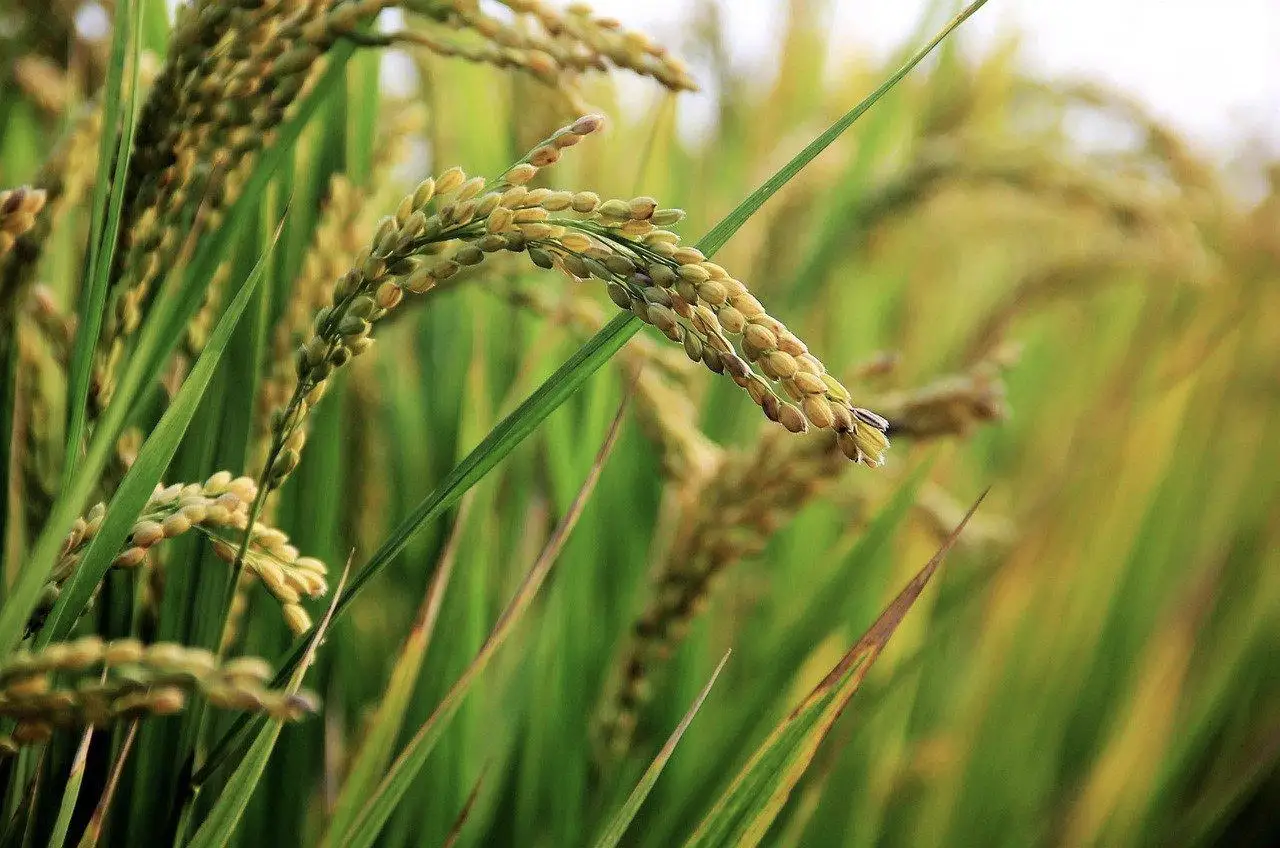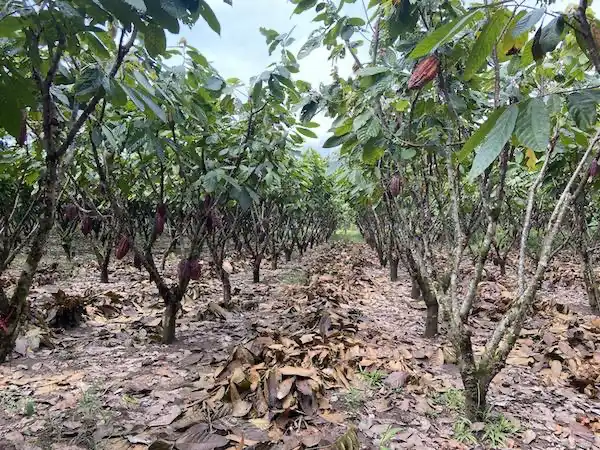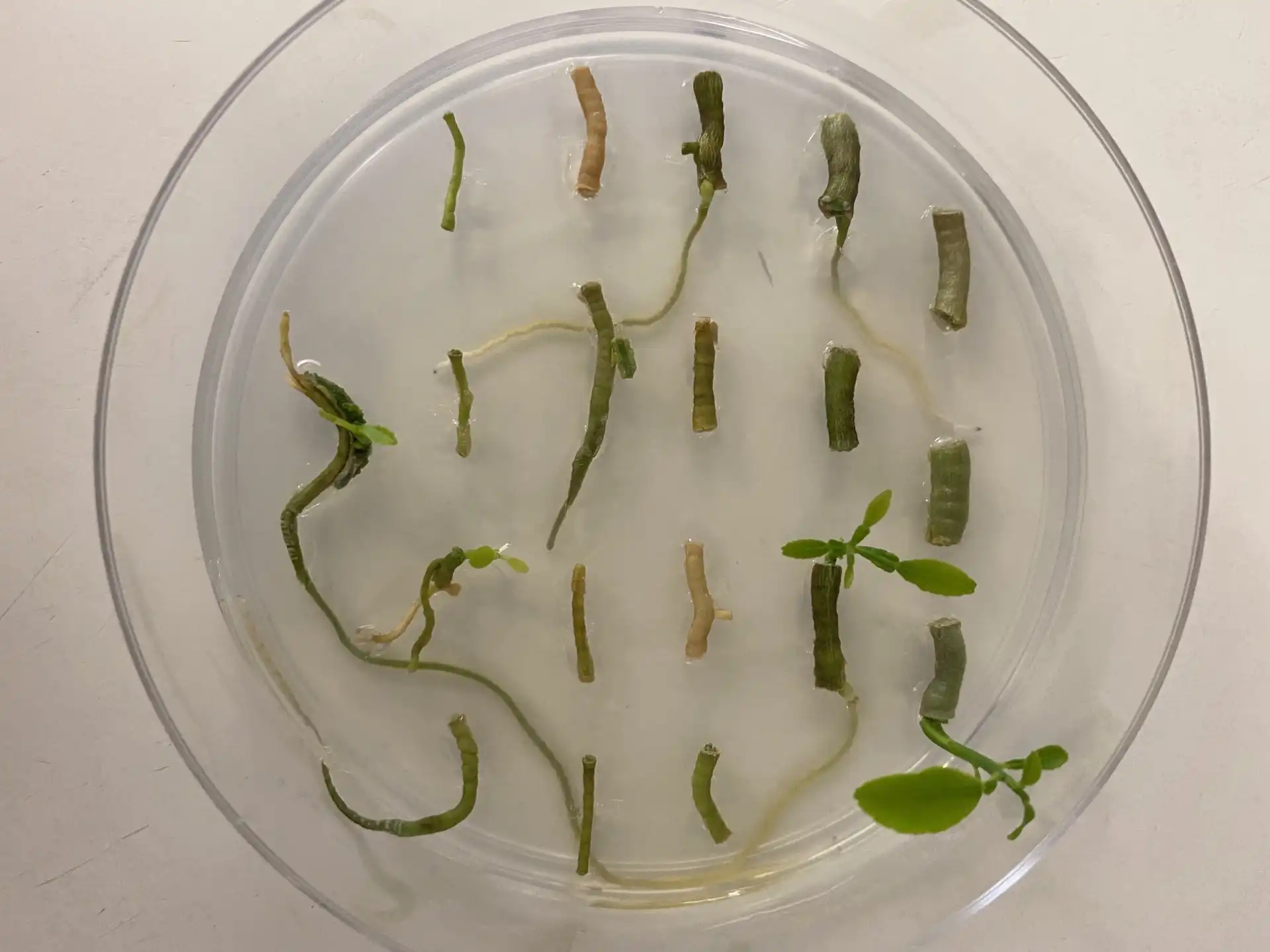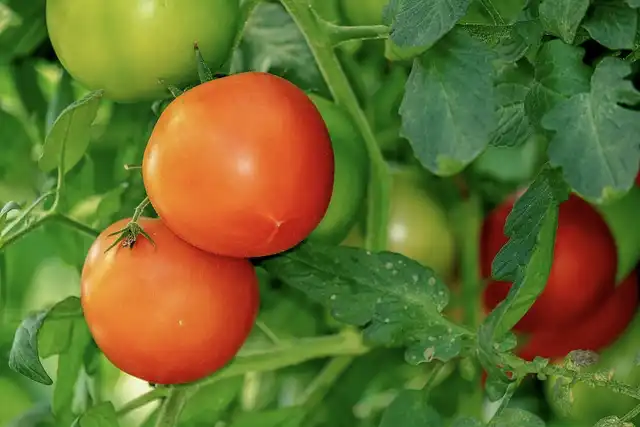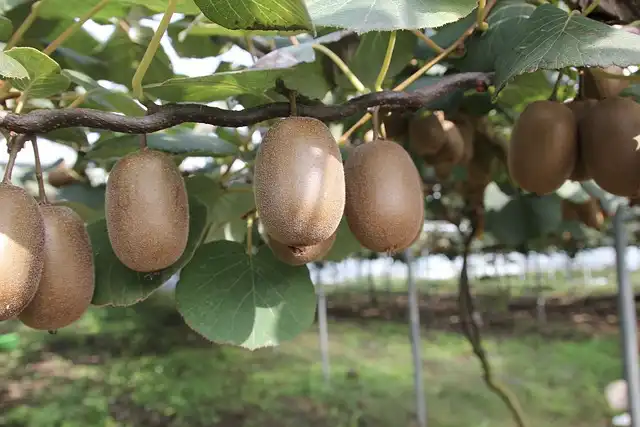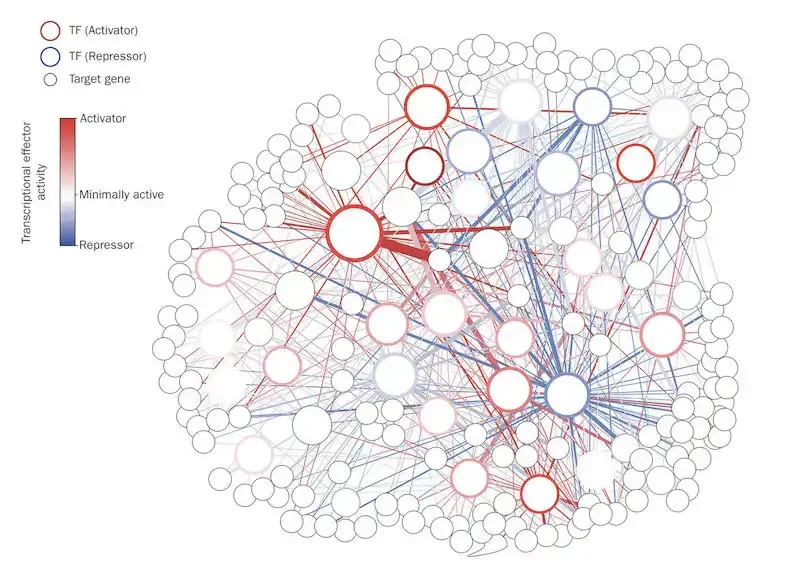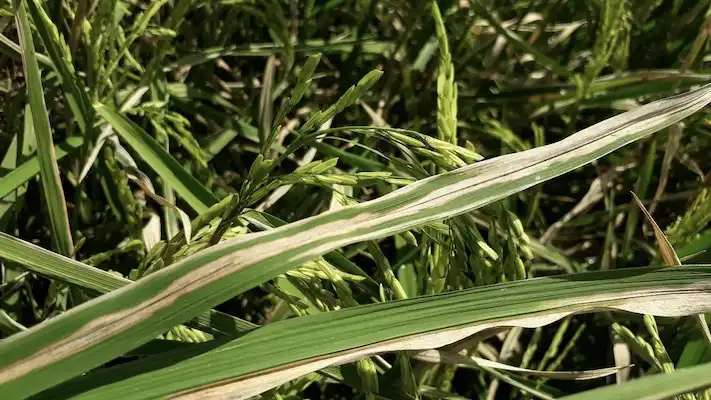Generating haploid plants for the purpose of obtaining pure double haploid lines is widely recognized as one of the most efficient breeding strategies in modern agriculture. Watermelon (Citrullus lanatus), an important fruit crop known for its nutritional value and flavor,…
Read More
